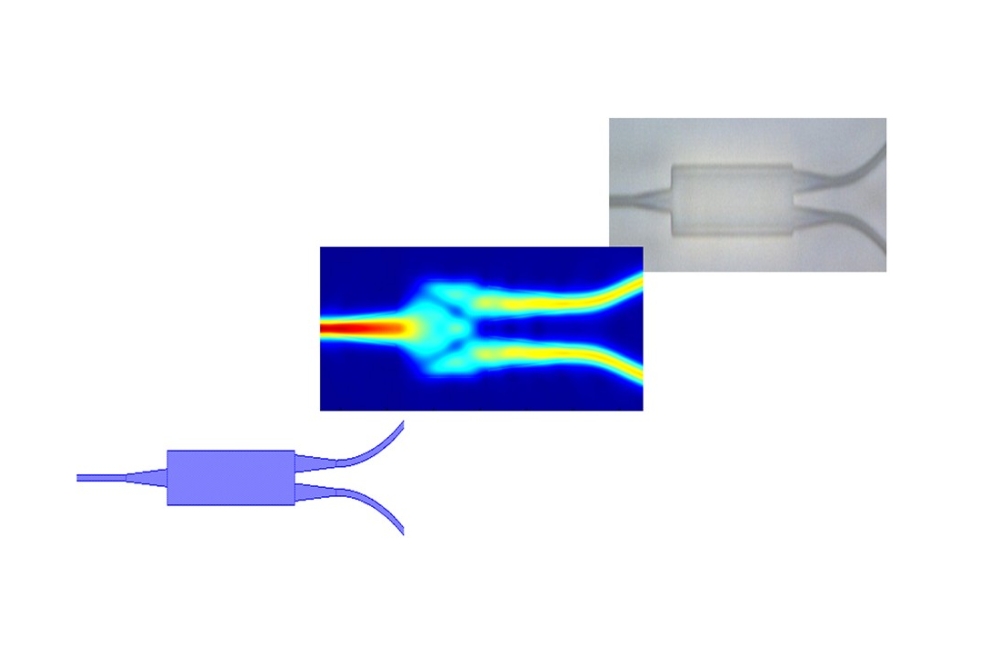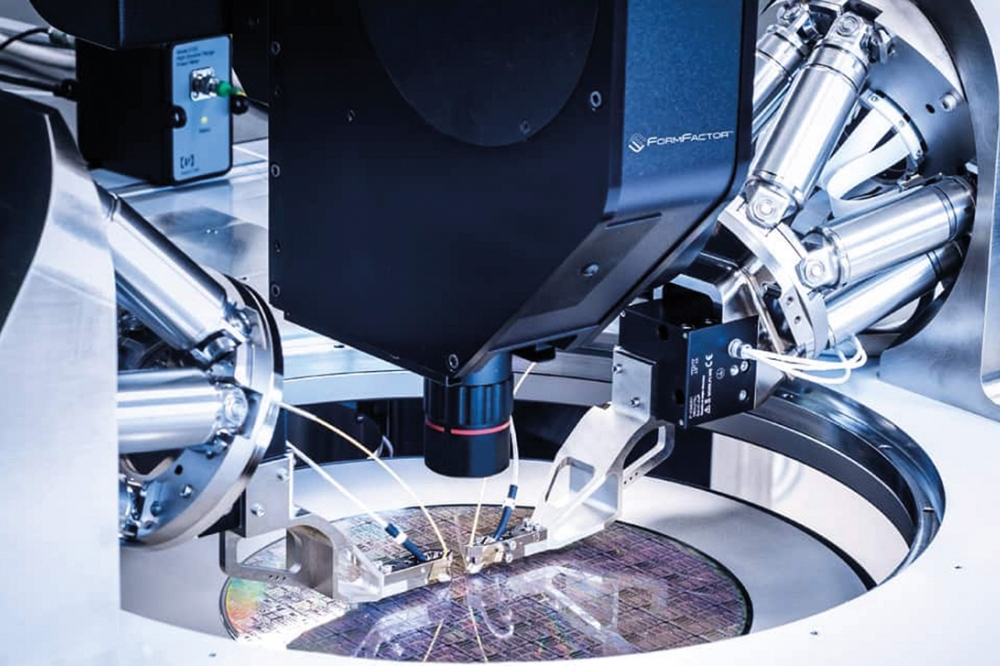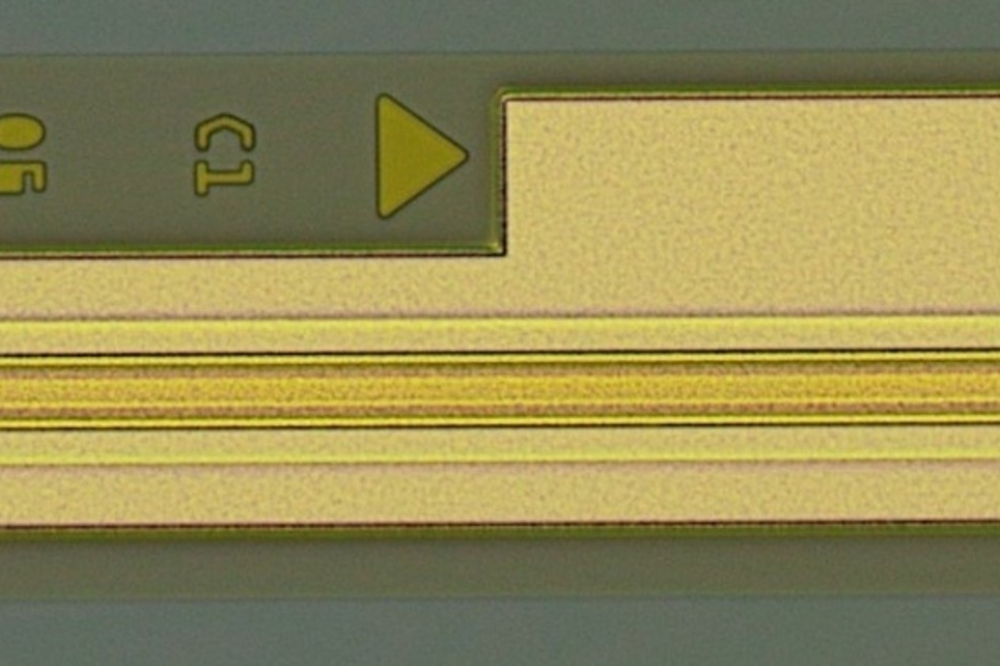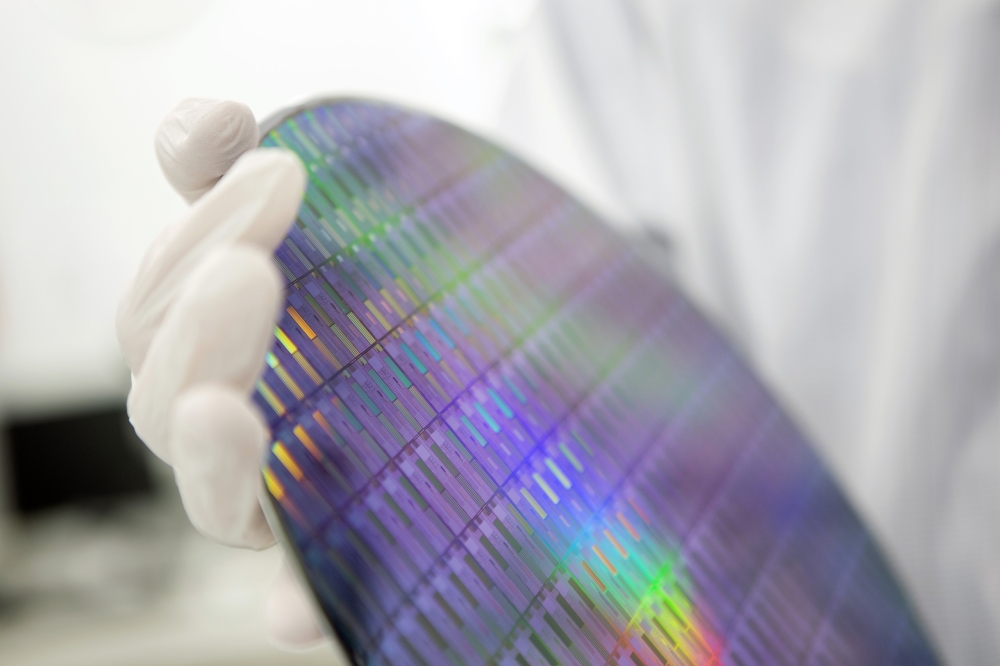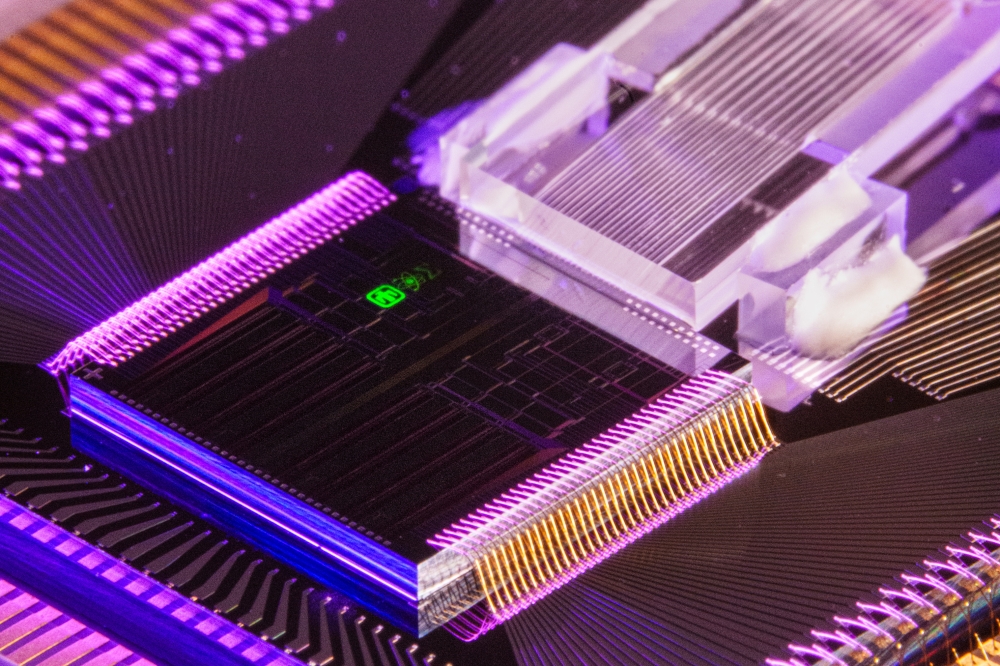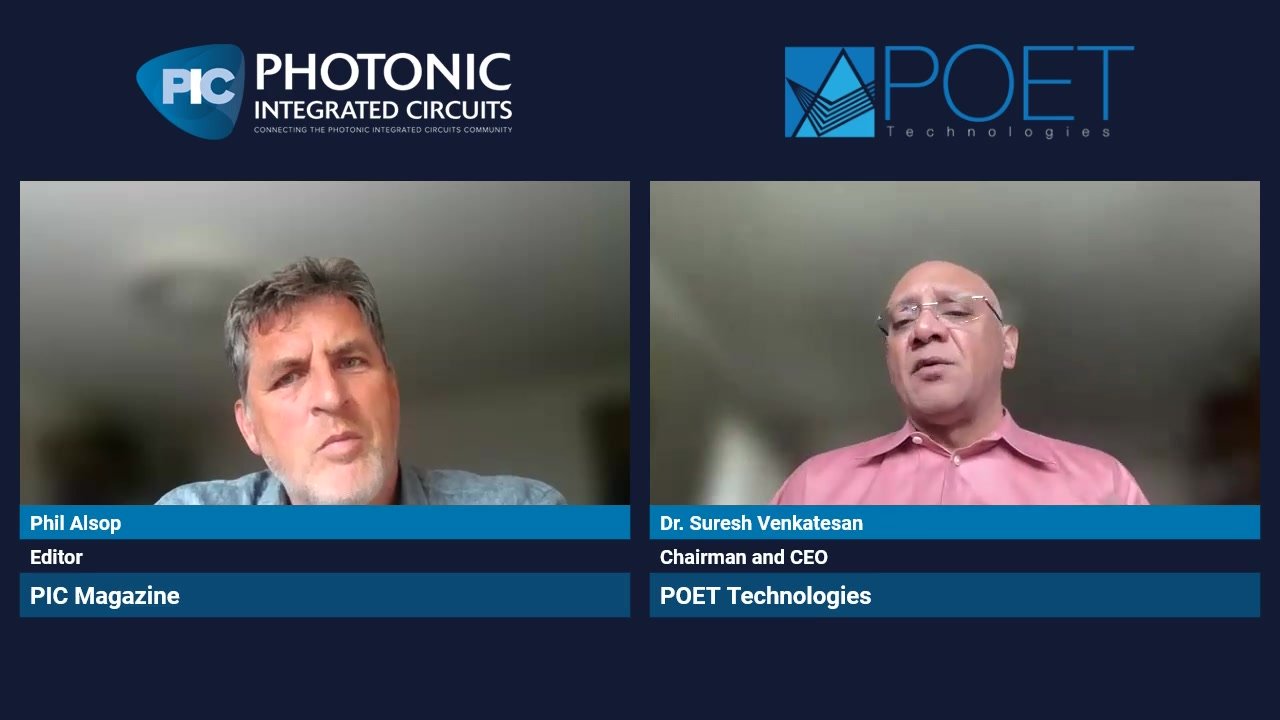UC Santa Barbara is West Coast hub for US photonics drive
In a bid to boost photonics manufacturing and bring more high-tech jobs to the US, as well as boost energy efficiency and performance in computing and communications, the Obama administration has announced that it has selected the American Institute for Manufacturing of Photonics (AIM Photonics) to lead research and manufacturing of integrated photonic technology. UC Santa Barbara is leading the West Coast division of this public-private partnership, in collaboration with the State University of New York - the lead university in this institute.
"AIM and UC Santa Barbara are leading a revolution that is integrating photonics and electronics for the benefits of both," said John Bowers, professor of electrical and computer engineering and of materials at UCSB, director of the campus's Institute for Energy Efficiency (IEE) and lead of the West Coast hub of AIM. Just as photonics has enabled the fibre optic communications which led to the Internet revolution, he said, the increased data capacity, speed and energy efficiency promised by photonics integrated circuits will result in enormous gains for everything from handheld devices to personal computing to data centers. "Our goal is to use complementary metal-oxide semiconductor processing to move photonics onto silicon and accelerate the integration of photonics and eliminate the data bottleneck that advanced silicon chips are facing during the next decade," said Bowers.
"UC Santa Barbara has been a leader in integrated photonics for the past 30 years," said UCSB Chancellor Henry T. Yang, "and this has been recognised in numerous ways, especially by three Nobel prizes: one in physics to Herb Kroemer, inventor of the double heterostructure laser, which is used in all data communications and telecom systems worldwide; one in chemistry to Alan Heeger, inventor of conductive polymers, which are widely used for displays and photovoltaic devices; and another one in physics to Shuji Nakamura, inventor of the blue LED, which is widely used for lighting."
Add to this roster of groundbreaking UCSB researchers John Bowers - considered to be one of the world's authorities in optoelectronics - whose work in the IEE seeks to provide energy efficient solutions for computing while also improving performance.
With the $110 million in funding from the government, the new consortium aims to align research strength with development prowess to revitalise critical sectors of the country's manufacturing economy. Universities, including the Massachusetts Institute of Technology, University of Arizona, Stanford University, California Institute of Technology, UC Davis, UC Berkeley, UC San Diego, Columbia University and the University of Virginia will contribute their considerable research to the consortium.
Meanwhile, major integrated photonics companies such as Intel, Hewlett Packard, Infinera, Agilent, Lockheed and Raytheon as well as design software companies Synopsys, Mentor and Cadence will lead the manufacturing charge.
According to Rod Alferness, dean of the College of Engineering, UCSB already has the momentum to bring cutting-edge research and software tools for design into the manufacturing and commercial sphere. "UCSB is a worldwide leader in integrating lasers onto silicon," he said. "Many new companies have spun out of our photonics research, including Aurrion, Agility, Calient Networks, Soraa, Aerius Photonics and Freedom Photonics."














